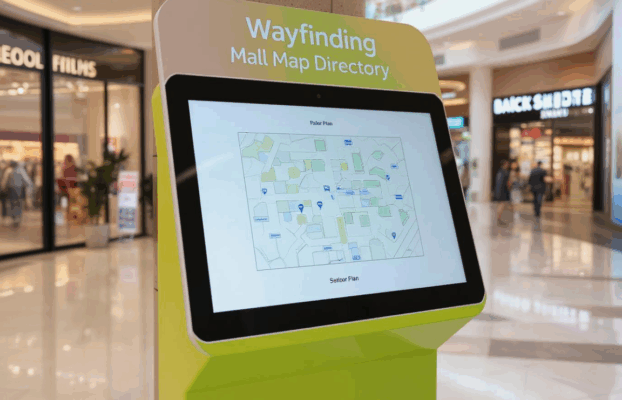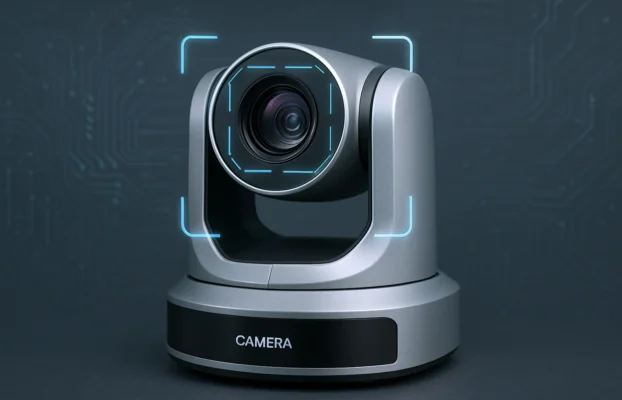
Enhance remote learning with hybrid classroom solutions. Discover the benefits of blending online and in-person instruction, including flexibility, personalized learning, increased engagement, and support. Revolutionize education with the power of hybrid learning.
Introduction
In the rapidly evolving educational landscape, remote learning has become an integral part of the educational system. However, traditional online learning experiences often lack the interactive and collaborative aspects of in-person instruction. To bridge this gap, educational institutions and organizations are turning to hybrid classroom solutions. These innovative approaches combine the best of both worlds, providing students with the flexibility of remote learning and the benefits of face-to-face interactions. In this article, we will explore the advantages of hybrid classroom solutions and how they can enhance the remote learning experience for students.
The Power of Hybrid Classroom Solutions

What are Hybrid Classroom Solutions?
Hybrid classroom solutions blend online learning with in-person instruction, creating a dynamic and engaging learning environment. These solutions leverage technology to connect students and educators, regardless of their physical location. By combining virtual and physical learning experiences, hybrid classrooms offer a flexible and adaptable approach to education.
Benefits for Students
Hybrid classroom solutions offer numerous benefits for students, empowering them to take control of their learning journey. Here are some key advantages:
1. Flexibility and Convenience
With this solution, students have the flexibility to learn from anywhere, at any time. They can access course materials, participate in discussions, and collaborate with peers, all through online platforms. This flexibility enables students to manage their schedules effectively and balance their academic pursuits with other commitments.
2. Personalized Learning Experience
This solution provide personalized learning experiences tailored to individual student needs. Educators can leverage technology to deliver content in various formats, such as videos, interactive modules, and virtual simulations. This diverse range of resources caters to different learning styles and ensures that students can engage with the material in a way that suits them best.
3. Increased Engagement and Collaboration
In a hybrid classroom, students have opportunities to engage and collaborate with their peers on projects and assignments. Virtual discussions, group activities, and online forums foster a sense of community and facilitate meaningful interactions. Through these collaborative experiences, students can develop important interpersonal skills and learn from diverse perspectives.
4. Real-Time Feedback and Support
Hybrid classroom solutions enable educators to provide timely feedback and support to students. Online platforms often incorporate features such as instant messaging, virtual office hours, and discussion boards, which allow students to seek clarification and guidance whenever they need it. This immediate feedback loop enhances the learning process and helps students stay on track.
Benefits for Educators
Hybrid classroom solutions also offer several advantages for educators, enabling them to deliver high-quality instruction and support student success. Here are some key benefits:
1. Enhanced Instructional Resources
Hybrid classrooms provide educators with a wealth of instructional resources and tools. They can leverage multimedia content, interactive assessments, and online learning platforms to create engaging and interactive lessons. These resources not only enhance the learning experience but also enable educators to cater to diverse student needs and learning styles.
2. Data-Driven Insights
Through online platforms and learning management systems, educators can gather valuable data on student performance and engagement. This data allows them to identify areas where students may be struggling and tailor their instruction accordingly. By analyzing student analytics, educators can provide targeted support and intervention, ensuring that no student is left behind.
3. Professional Development Opportunities
Hybrid classrooms encourage educators to expand their skill set and explore innovative teaching strategies. The integration of technology in instruction opens avenues for professional development and collaboration among teachers. Educators can share best practices, discover new resources, and learn from one another, ultimately enhancing their effectiveness in the classroom.
Implementing Hybrid Classroom Solutions
Key Considerations
When implementing hybrid classroom solutions, educational institutions should keep the following considerations in mind:
1. Infrastructure and Technology
To ensure a seamless hybrid learning experience, institutions must have robust infrastructure and reliable technology. Adequate internet connectivity, access to devices, and user-friendly platforms are essential components of a successful hybrid classroom environment. Institutions should invest in the necessary resources and provide technical support to both students and educators.
2. Training and Support
Proper training and ongoing support for educators are crucial for the successful implementation of hybrid classroom solutions. Institutions should organize professional development sessions and workshops to familiarize teachers with the technology tools and pedagogical approaches required in a hybrid classroom. Ongoing support should be provided to address any challenges and ensure that educators feel confident in their ability to deliver effective instruction.
3. Student Engagement and Assessment
In hybrid classrooms, it is essential to maintain student engagement and monitor progress effectively. Educators should design interactive and collaborative activities that encourage active participation. Additionally, institutions should establish clear assessment strategies that allow for fair evaluation of student performance, taking into account both online and in-person components of the learning experience.
Future Trends in Hybrid Classrooms
As technology continues to advance, hybrid classroom solutions are poised to evolve further. Some emerging trends in this space include:
1. Virtual Reality (VR) and Augmented Reality (AR)
Virtual reality and augmented reality technologies have the potential to revolutionize the hybrid classroom experience. Immersive simulations, virtual field trips, and interactive 3D models can enhance student engagement and provide unique learning opportunities.
2. Artificial Intelligence (AI) Integration
AI-powered tools can personalize the learning experience even further by adapting content and assessments based on individual student needs. Intelligent tutoring systems and automated feedback mechanisms can provide targeted support, freeing up educators’ time to focus on more personalized interactions.
Conclusion
In conclusion, hybrid classroom solutions have revolutionized the landscape of remote learning, offering a powerful and effective approach to enhance educational experiences. By seamlessly integrating online and in-person instruction, these solutions provide students with unparalleled flexibility, personalized learning opportunities, increased engagement, and access to a supportive learning community.
The benefits of hybrid classrooms extend not only to students but also to educators. With a wealth of instructional resources, data-driven insights, and professional development opportunities, educators can deliver high-quality instruction, tailor their teaching strategies to individual student needs, and continuously improve their effectiveness in the classroom.
As educational institutions embrace hybrid classroom solutions, they open doors to a future where learning is not limited by physical boundaries. Students can access education from anywhere, at any time, empowering them to pursue their academic goals while balancing other commitments. The personalized learning experiences offered by hybrid classrooms cater to diverse learning styles, ensuring that each student can engage with the material in a way that suits them best.
Looking ahead, the future of hybrid classrooms is promising. Emerging trends such as virtual reality (VR) and augmented reality (AR) and the integration of artificial intelligence (AI) hold tremendous potential for further enhancing the hybrid learning experience. Immersive simulations, virtual field trips, AI-powered personalized learning, and intelligent tutoring systems are just a glimpse of what lies ahead. These advancements will continue to shape the education of tomorrow, providing students with innovative and dynamic learning opportunities.
In summary, hybrid classroom solutions represent a transformative approach to enhancing remote learning. By combining the best of both online and in-person instruction, these solutions empower students, engage educators, and create a vibrant and supportive learning environment. As technology continues to evolve and educational institutions embrace the possibilities, the future of hybrid classrooms shines bright, promising an education that knows no boundaries.






